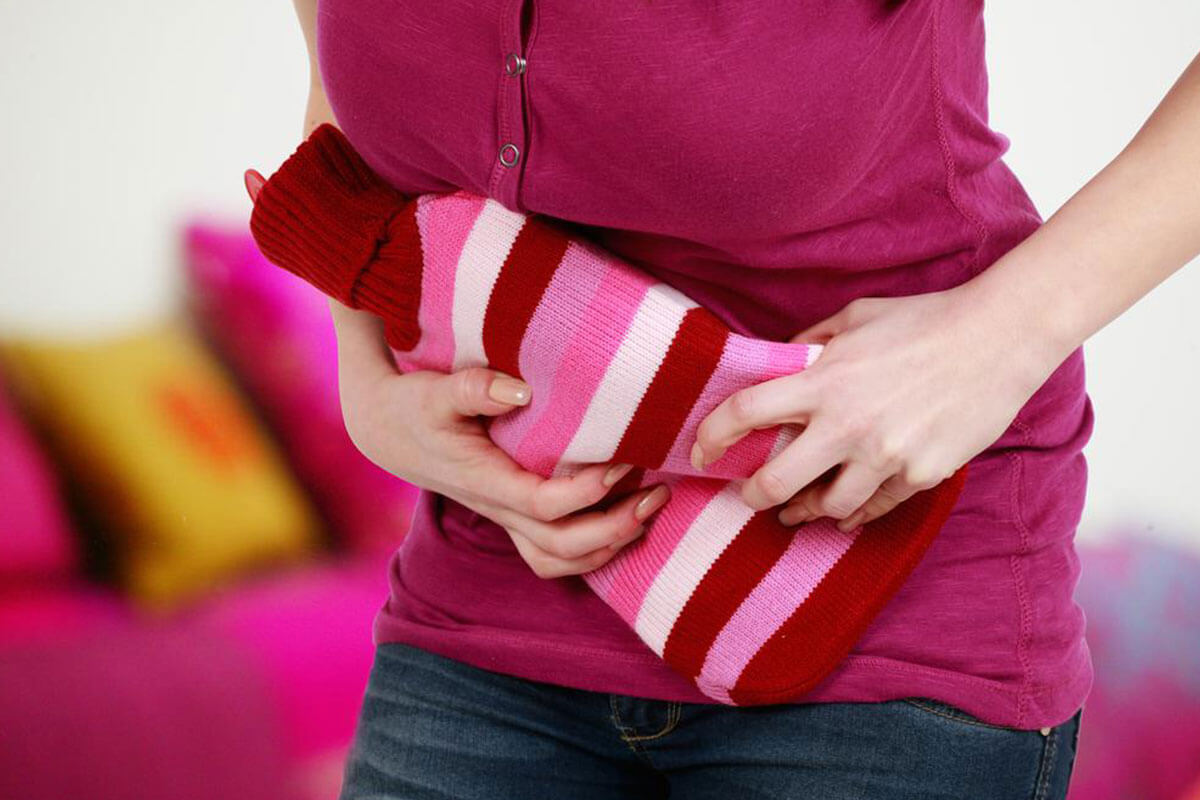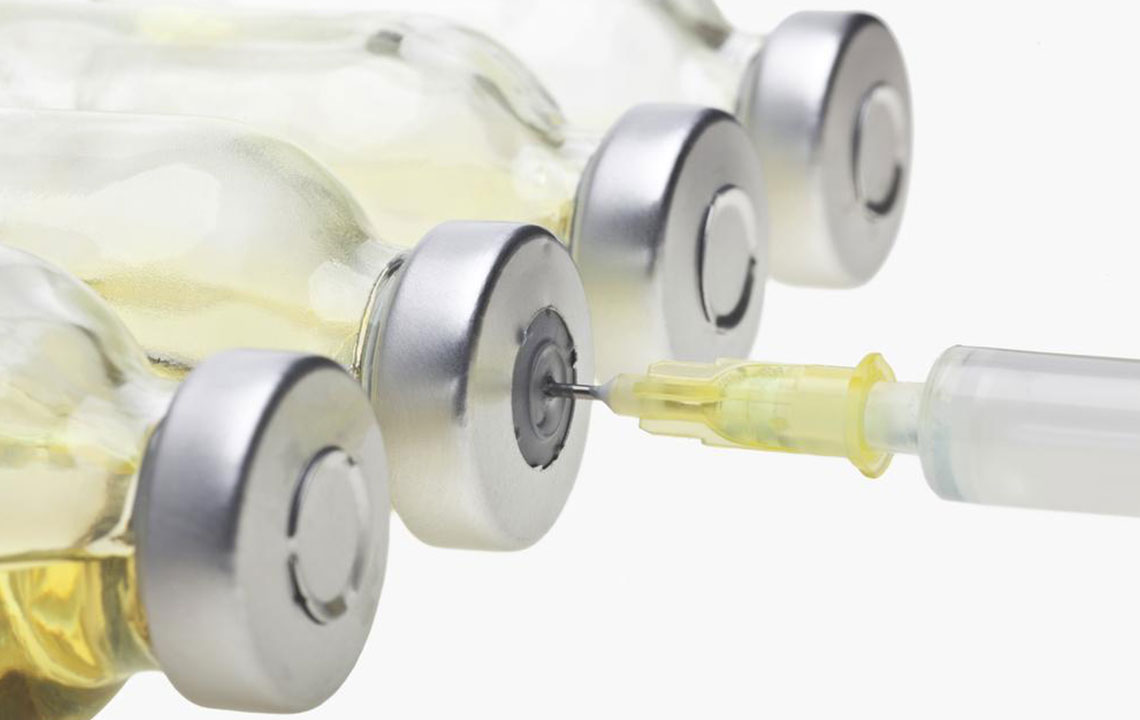Identifying and Managing Common Women's Bladder Control Issues
Many women experience bladder control issues across all ages, often due to childbirth, aging, or lifestyle factors. Recognizing the types—such as stress, urge, overflow, or mixed incontinence—is crucial for effective treatment. Seeking professional help can significantly improve quality of life, addressing emotional well-being, self-image, and intimacy concerns. This article offers insights into symptoms, causes, and management options for women's bladder health, encouraging open discussion and medical consultation for relief.

Understanding and Addressing Women's Bladder Control Concerns
Don't accept urinary leakage as inevitable—discover its causes and take steps to regain bladder control.
Many believe that bladder problems are only an issue for elderly men and women, but that's a misconception. Women of all ages experience bladder control challenges. Often, these issues follow specific events, such as childbirth, which can trigger unexpected leaks. Due to embarrassment, many women hesitate to seek help, even though the condition is treatable.
Bladder control issues affect millions worldwide, yet they remain a taboo topic. Over 13 million Americans face incontinence, with women twice as likely as men to be affected. Statistics reveal that 30% of young women experience leakage. Incidence increases with age: 40% of middle-aged women and 50% of seniors report symptoms. These problems can significantly diminish emotional health, self-esteem, and intimacy.
Many women do not seek medical advice, mistakenly believing it to be a normal part of aging or postpartum recovery. In reality, bladder issues are medical conditions that can be managed. Identifying the specific type of bladder problem is key to effective treatment, improving quality of life.
Common Types of Female Bladder Control Problems
Urinary incontinence refers to the inability to control urine release. While some women experience occasional leaks, others deal with persistent overactive bladder symptoms. Treatment approaches vary based on the type of incontinence. The main types include:
Overflow Incontinence
This occurs when urine dribbles constantly or frequently due to incomplete bladder emptying. It often results from weakened bladder muscles, obstructions, or nerve issues linked to conditions like diabetes or certain medications.
Stress Incontinence
This type involves small urine leaks during activities like coughing, sneezing, or heavy lifting. It often stems from weakened pelvic floor muscles due to pregnancy, childbirth, aging, obesity, or intense sports activities.
Urge Incontinence
Mixed Incontinence
When symptoms combine, involving both stress and urge incontinence, it's termed mixed incontinence. Recognizing the specific type is vital for targeted treatment. Discussing bladder issues with a healthcare provider can lead to effective solutions. Don't let embarrassment prevent you from seeking help—improving your condition is possible.
Note:
The information here is for educational purposes only. While our articles provide helpful insights, they should not replace professional medical advice. Always consult a healthcare provider for diagnosis and treatment. The website disclaims responsibility for inaccuracies or incomplete data, and readers should consider additional sources for comprehensive care.










